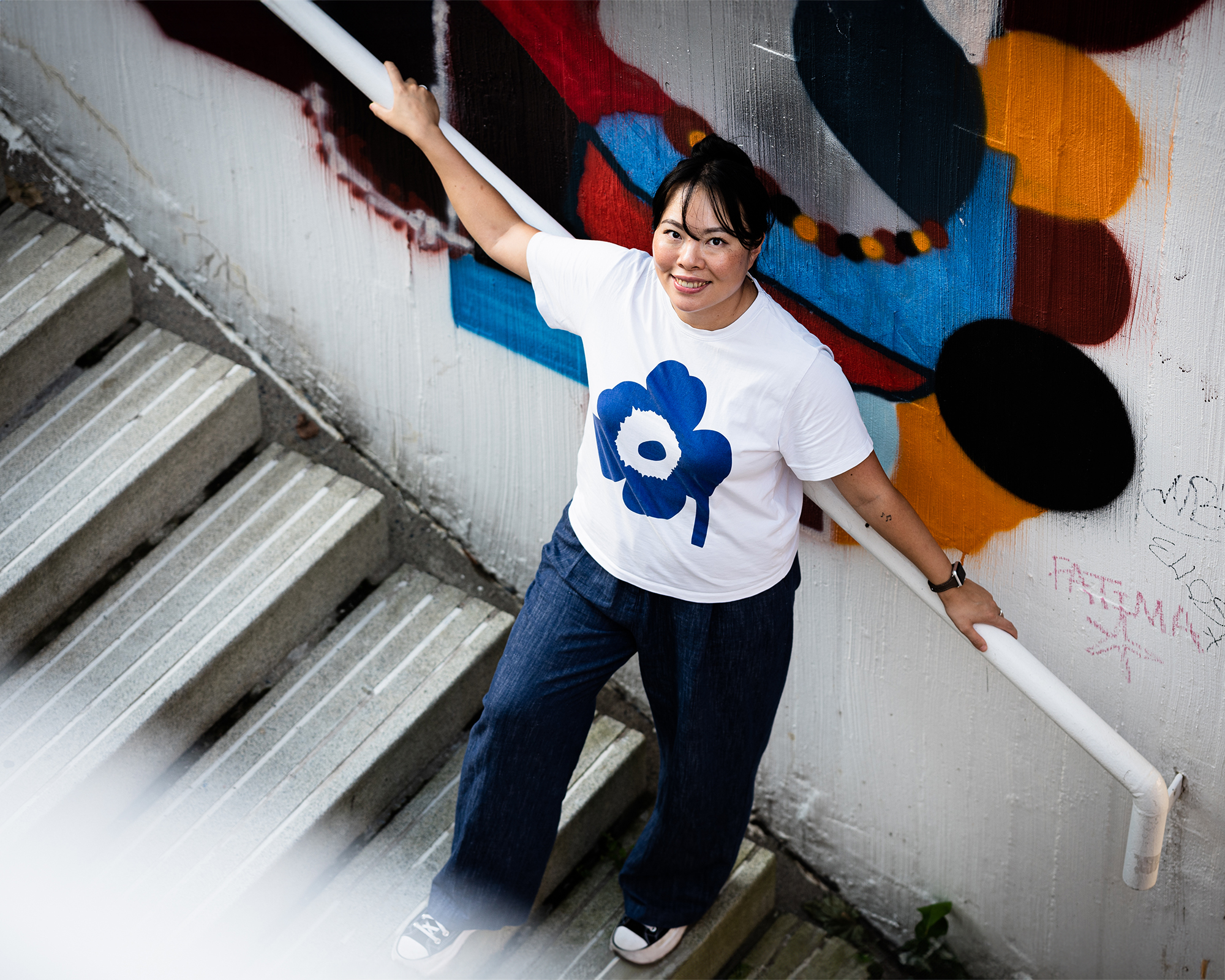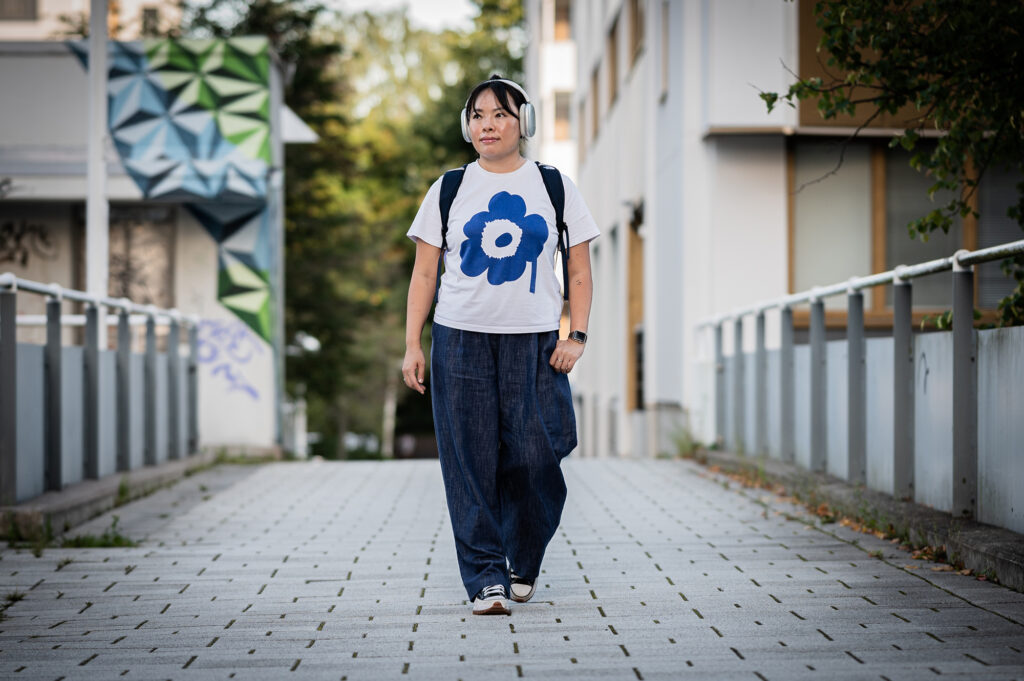Hard work pays off: Vlogging in Finnish after less than two years of language studies

When Jung heard Finnish for the first time, she found it unlike any other language she’d encountered.
Tuiaara Linnala
Sercan Alkan
Published 19.09.2024 at 10:42
“Maybe I am the first Korean to make video reels in Finnish?” exclaims Jung Soyeon. She is a young woman from South Korea who creates lifestyle videos on Instagram.
Most of Jung’s videos feature her everyday life: her workdays, the places she has visited, and the Korean recipes she has cooked. They are catchy, positive, and informative.
One video takes the viewer to a Finnish summer cottage, where Jung gives a “summer cottage room tour” and showcases a beautiful view of Finnish nature. In another video is Jung demonstrates how to make Korean kimchi salad.
The videos are narrated in such a decent Finnish, that the viewer may be surprised to learn that Jung has only lived in Finland for two years.
No magic, but effort
Jung Soyeon arrived in Finland with her Finnish husband in 2022. After six months, she was not satisfied, because she couldn’t understand what people around her were saying.
Many people are keen to tell how hard learning Finnish is. Jung had heard these stories too but she was determined to put in maximum effort.
She began taking intensive language courses five days a week in “Taitotalo”. Although Jung could have completed the homework they received quickly, she wanted to learn more.
“I read all the texts carefully and picked every unfamiliar word. Then I searched the basic forms of all of them. That really helped me,” Jung explains. “I am not super smart; I just put a lot of time and effort into learning.”
Creating vlogs in Finnish was another strategy she used to improve her language skills. Jung realized that she could use new words in her vlog scripts, which eventually improved her ability to build grammatically correct texts in Finnish.
“For example, I knew the word “candy” in Finnish, but after writing my vlog texts, I could use it in a sentence and say, “Can I have the candy?” Jung explains.
How to overcome the fear of making mistakes
Making a vlog in a foreign language is never easy. When starting, Jung had to confront her insecurities.
“I was thinking, what if I said something wrong, or my intonation would be very bad, or if my accent sounds too funny,” she says.
“But then I thought that when foreigners speak Korean, I don’t mind their mistakes. So, maybe Finnish people will feel the same and appreciate that I am trying.”

Struggling to learn Finnish is a common experience among people who have immigrated to Finland as adults. Many share the fear that mistakes will make them look foolish or unprofessional.
Jung has some encouraging words to offer.
“When you are doing something new, you must make mistakes to get better. Otherwise you wouldn’t know what was wrong. This mindset can improve the learning process.”
Jung says that her followers have been very kind and corrected her when she has made mistake in Finnish. She recalls one instance when she translated “cream cheese” into Finnish as “cremajuusto”.
“Someone corrected me, saying it should be “tuorejuusto”, she laughs. “You see, I wouldn’t know this new word now if someone would not have told me I translated it wrong.”
Overcoming hateful comments
When publishing content on social media, one often faces hateful comments. Jung has experienced this as well.
At one point, a young Finnish man accused her of lying, claiming that no one could learn Finnish so fast unless she was a practical nurse.
“This comment felt racist, because he assumed that every foreigner is a nurse, but he actually made a compliment, by not believing that foreigner can learn Finnish fast,” Jung says. “And another person called my accent funny.”
Fortunately, other people came to Jung’s defense.
“They answered to these people that anyone can learn a new language if they try hard enough.”
Hate or unfair criticism hasn’t stopped Jung. On the contrary, she plans to expand her series to compare Finnish and Korean cultures, exploring parallels in food culture, grocery and restaurant prices, and cultural habits.
She has already noticed something, where her own preferences have changed. South Korea is not a big country but has a large population, meaning personal space is limited – something Jung was accustomed to while living in Korea.
“After living a while in Finland, I visited Korea. At one moment I felt someone breathing behind my back, because everyone was so nearby. I felt so uncomfortable! It is kind of funny.”